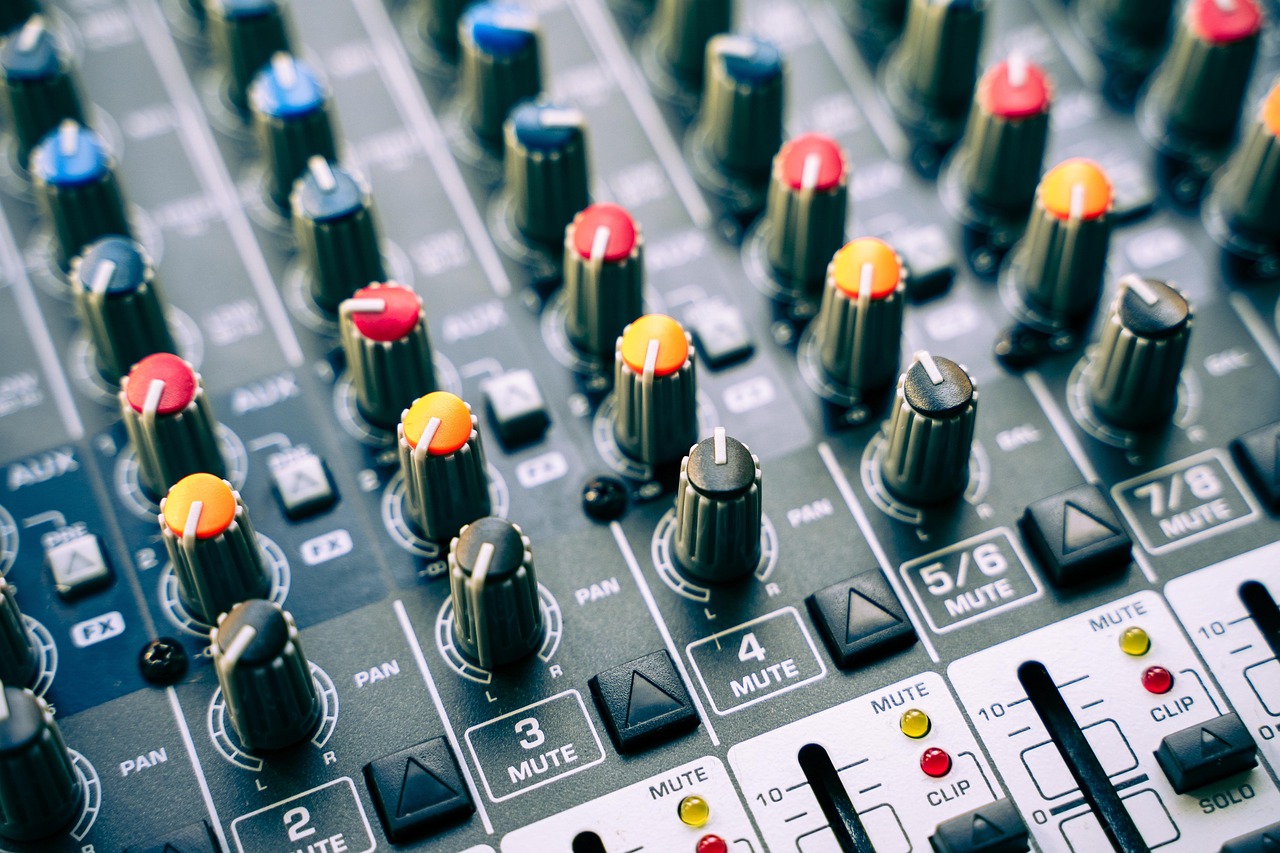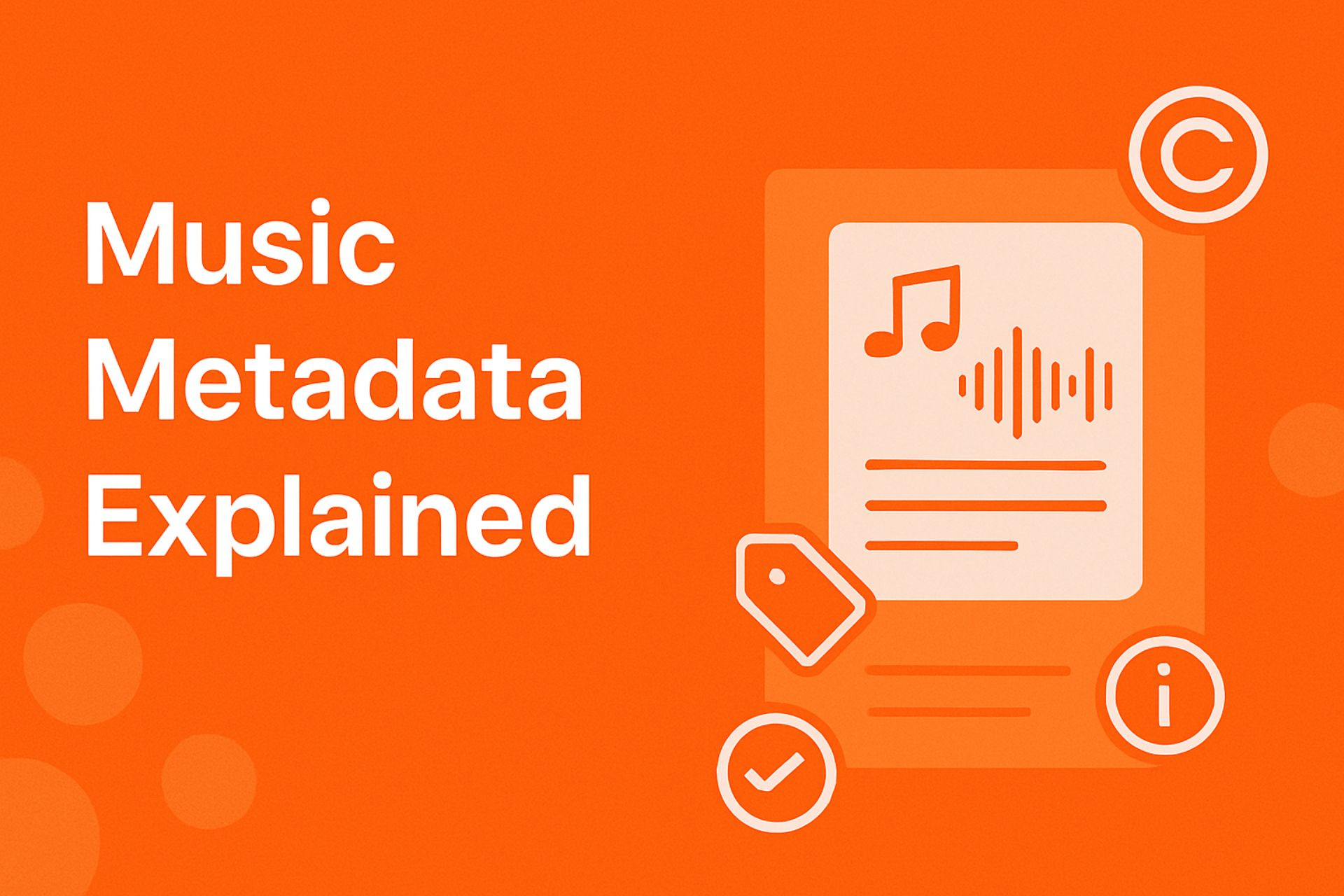In the age of digital music and content creation, there’s more to a song than what meets the ear. Whether you’re streaming your favorite track, uploading a YouTube video with background music, or licensing a song for an advertisement—music metadata is working behind the scenes to make it all possible.
So what exactly is music metadata? Why is it so important for licensing? And how can artists, creators, and brands use it to their advantage? This comprehensive guide unpacks everything you need to know.
What is Music Metadata?
Music metadata refers to the information embedded within an audio file that provides details about the song, its creators, ownership, and technical characteristics. Think of it like the ID card of a song—without it, a track might exist, but no one will know who made it, who owns it, or how it can be used legally.
Metadata is usually categorized into four key types:
1. Descriptive Metadata
This includes basic identifying information:
- Track title
- Artist name
- Album name
- Genre
- Language
- Mood and keywords
2. Ownership Metadata
This is critical for rights and royalty distribution. It includes:
- Songwriter(s)
- Composer(s)
- Publisher(s)
- Copyright owner(s)
- PRO (Performing Rights Organization) affiliations
Without this data, streaming services and licensing platforms can’t know who to pay.
3. Technical Metadata
This contains details about the audio file itself:
- ISRC (International Standard Recording Code)
- ISWC (International Standard Musical Work Code)
- Duration
- File format (MP3, WAV, etc.)
- Bit rate
Technical metadata helps with cataloging, file management, and royalty calculations.
4. Usage Metadata
This includes additional information like:
- BPM (beats per minute)
- Instrumentation
- Cue points
- Suitable platforms (e.g., reels, ads, podcasts)
This layer of metadata is especially useful for sync licensing and content creators looking for the right vibe.
Why Music Metadata Matters

Music metadata is essential for everyone in the music ecosystem: artists, rights holders, distributors, streaming platforms, content creators, and licensing companies. Here’s why:
1. It Ensures Royalties Are Paid Correctly
Every time your song is streamed, played on the radio, used in a reel, or licensed for a brand video, metadata helps track that use and route royalties to the right people. If metadata is missing or incorrect, payments could be delayed—or worse, misdirected.
2. It Powers Discovery and Searchability
Ever searched “lofi Bollywood background music” on a licensing platform and found the perfect track? That’s metadata in action. The more descriptive and accurate your metadata, the more likely your music is to show up in searches and playlists.
3. It Enables Licensing and Content Identification
Platforms like Hoopr Smash, which offer copyright-cleared music for creators and businesses, use metadata to verify rights ownership. Metadata is also key to YouTube’s Content ID system, which identifies copyrighted music in videos.
4. It Supports Automation and Scale
Without proper metadata, it would be impossible for platforms like Spotify, Apple Music, or Youtube Music to handle millions of tracks. Automation in distribution, rights management, and royalty collection depends on accurate metadata.
The Role of Metadata in Licensing
When it comes to licensing, metadata is non-negotiable. Whether it’s a sync license for a film, a commercial, a YouTube ad, or an Instagram reel, licensing companies and platforms use metadata to:
- Identify the song and all its associated rights
- Determine if it’s cleared for commercial use
- Issue licenses and pay royalties accordingly
For example, Hoopr Smash, a leading music licensing platform for Indian creators and brands, relies on detailed metadata to ensure all tracks are pre-cleared for use in videos, reels, and digital content. If a track’s composer, lyricist, or publisher is missing from the metadata, it can’t be licensed—and that’s lost revenue for the artist.
Common Metadata Pitfalls (And How to Avoid Them)
Despite its importance, music metadata is often overlooked or mishandled, especially by independent artists. Here are some common mistakes:
1. Missing Metadata
Artists often forget to input or embed metadata before distribution. A track uploaded without identifying information may get lost in the system—or worse, fail to generate royalties.
2. Incorrect or Conflicting Data
Sometimes, different distributors or platforms list different owners for the same track. This can lead to disputes and frozen royalties until the issue is resolved.
3. Metadata Stripping
Certain file conversions or uploads can remove embedded metadata. This is particularly common when sending audio files over messaging apps or compressing them for upload.
4. Inconsistent Use of Codes
Not registering your ISRC or ISWC can cause tracking issues. These unique identifiers help distinguish one recording from another and ensure proper crediting.
Best Practices for Artists and Rights Holders

If you’re a music creator or rights holder, here are a few essential tips to get your metadata right:
✅ Embed Metadata Early
Use software like iTunes, TagScanner, or your DAW to input key data before distributing your music.
✅ Use Standard Codes
Register your songs to get ISRCs and ISWCs through your distributor or a royalty agency. These are the digital fingerprints of your music.
✅ Join a Performing Rights Organization (PRO)
Organizations like IPRS (India), BMI, ASCAP, or PRS collect royalties on behalf of rights holders. Make sure your metadata includes your PRO affiliation.
✅ Be Consistent Across Platforms
If your song is listed as “Raabta Lo-Fi” on Spotify, don’t call it “Raabta Lofi Chill Remix” on YouTube. Keep your metadata uniform to avoid confusion and tracking errors.
Tools and Services That Help Manage Metadata
Managing metadata might seem complex, but several tools can help you streamline the process:
- DistroKid, TuneCore, CD Baby – These digital distributors allow you to embed metadata during the upload process.
- SoundExchange – Helps track and collect performance royalties using metadata.
- Songtrust – Offers global royalty collection services and helps register your music with PROs.
- Pro Tools, Ableton Live, Logic Pro – DAWs that let you input metadata before export.
- Hoopr Smash – A copyright-safe music platform that uses clean metadata to offer licensing for creators, agencies, and brands in India and globally.
Why Metadata is the Backbone of Platforms Like Hoopr Smash
For music licensing platforms like Hoopr Smash, metadata isn’t just useful—it’s mission-critical. Every track uploaded must have:
- Accurate composer, lyricist, and publisher data
- Mood and genre tags
- ISRCs and internal track IDs
- Usage tags (reels, ads, corporate use, etc.)
This ensures instant licensing, hassle-free downloads, and automatic royalty distribution. Without metadata, the entire system would collapse.
Conclusion
Metadata may seem like background detail, but it plays a front-and-center role in the business of music. Whether you’re trying to license your music, get playlisted, or ensure you’re getting paid fairly—metadata is your best friend.
In a content-driven world where speed and scale matter, the artists and rights holders who manage their metadata properly will always have the upper hand.


